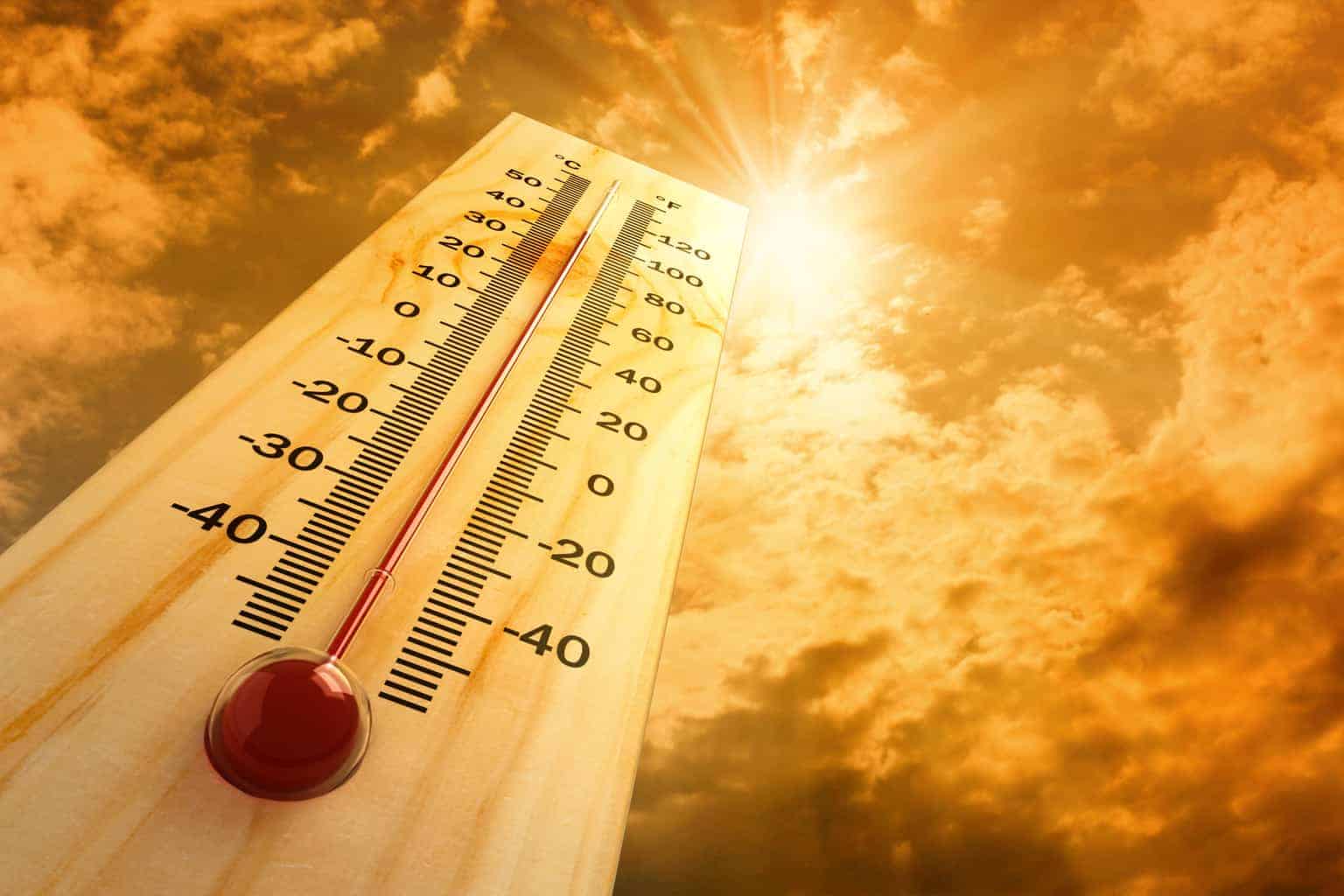Temperatures Warming Up as Summer Begins

Heat-Related Illnesses
By Will Johnson
Messenger Reporter
GRAPELAND – Every year, as the temperatures across the nation begin to approach the triple digit mark, hospitals and clinics see a spike in the number of heat-related illnesses.
According to the Centers for Disease Control and Prevention (CDC), “People suffer heat-related illness when their bodies are unable to compensate and properly cool themselves. The body normally cools itself by sweating. But under some conditions, sweating just isn’t enough. In such cases, a person’s body temperature rises rapidly. Very high body temperatures may damage the brain or other vital organs.”
The various types of heat related illnesses include:
Heat rash (prickly heat), which occurs when the sweat ducts to the skin become blocked or swell, causing discomfort and itching; heat cramps, which occur in muscles after exercise because sweating causes the body to lose water, salt, and minerals (electrolytes);
Heat edema (swelling) in the legs and hands, which can occur when you sit or stand for a long time in a hot environment; heat tetany (hyperventilation and heat stress), which is usually caused by short periods of stress in a hot environment;
Heat syncope (fainting), which occurs from low blood pressure when heat causes the blood vessels to expand (dilate) and body fluids move into the legs because of gravity;
Heat exhaustion (heat prostration), which generally develops when a person is working or exercising in hot weather and does not drink enough liquids to replace those lost liquids;
Heat stroke (sunstroke), which occurs when the body fails to regulate its own temperature and body temperature continues to rise, often to 105°F (40.6°C) or higher. Heat stroke is a medical emergency. Even with immediate treatment, it can be life-threatening or cause serious long-term problems.
According to the Institute of Health Metrics and Evaluation, heat-related incidents resulted in nearly 9 million injuries and more than 120,000 deaths worldwide in 2017, according to their most recent scientific study.
In a 2020 report from the CDC – based on data collected from 2004 through 2018 – hot weather caused an average of 702 deaths nationwide each year. A similar report published in 2013 indicated “… between 1999 and 2009, the annual average for U.S. mortalities caused by these types of (heat related) symptoms was 658.”
“Most of the deaths (90 percent) occurred from May to September, and about 70 percent of the victims were men. More than a third of those who died (37 percent) lived in Texas, Arizona and California,” the CDC report stated.
In addition, the Texas Department of Health reported, “From 2003-2008, there were 263 deaths reported among Texas residents with exposure to excessive natural heat as the underlying cause of death.”
As the summer settles in, it is important to take precautions to avoid heat related illnesses.
The CDC offers these tips to help aid in their prevention:
- Drink more fluids (nonalcoholic), regardless of your activity level. Don’t wait until you’re thirsty to drink.
- Don’t drink liquids that contain alcohol or large amounts of sugar–these actually cause you to lose more body fluid.
- Stay indoors and, if at all possible, stay in an air-conditioned place. If your home does not have air conditioning, go somewhere that does.
- Wear lightweight, light-colored, loose-fitting clothing.
- NEVER leave a person or animal in a closed, parked vehicle.
If you must be out in the heat:
- Limit your outdoor activity to morning and evening hours.
- Cut down on exercise. If you must exercise, drink two to four glasses of cool, nonalcoholic fluids each hour.
- Try to rest often in shady areas.
- Protect yourself from the sun by wearing a wide-brimmed hat (it also keeps you cooler), sunglasses and by putting on sunscreen of SPF 15 or higher (the most effective products say “broad spectrum” or “UVA/UVB protection” on their labels).
Will Johnson may be contacted via e-mail at [email protected]






